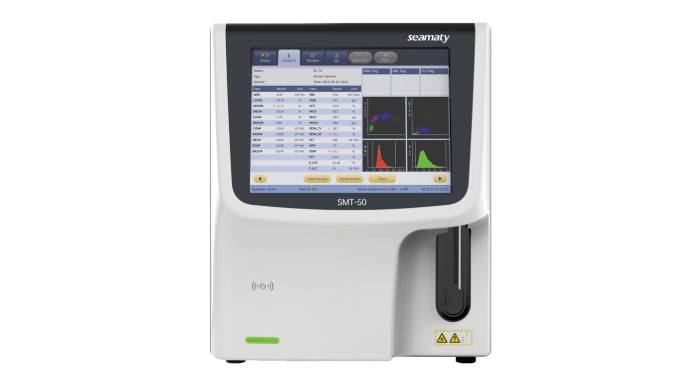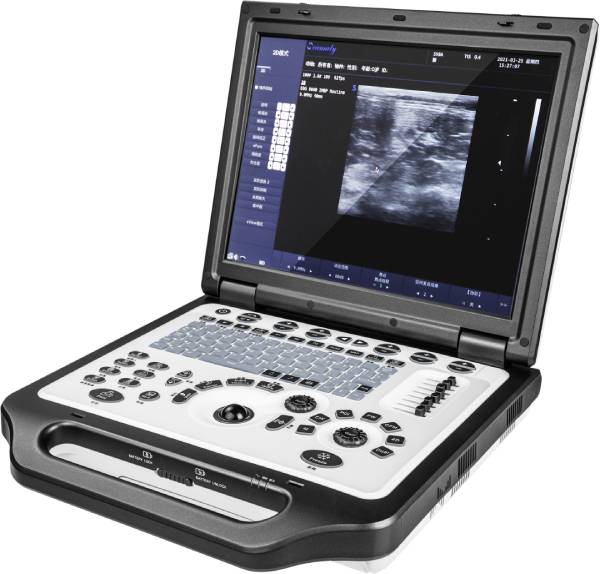Biochemical tests, like blood tests, are used to check your pet's health. However, it is different from blood tests. Blood tests can only check red blood cells, white blood cells and platelets. The veterinary biochemistry analyzer can test a much wider range. Here are 9 common ranges of veterinary biochemistry analyzers.
1. Electrolytes
Veterinary biochemistry analyzers can detect sodium, potassium, chloride and other substances in the pet's body. This can help veterinarians better determine whether the pet is suffering from an electrolyte imbalance.
2. Minerals
It includes calcium and phosphorus. By measuring the value of these two substances, it can help the veterinarian to diagnose the pet's kidney and other problems.
3. Protein
The proteins that can be measured by biochemical tests include total protein and albumin. There is also a globulin that needs to be calculated before it can be measured. Many chronic clinical diseases can cause a decrease in the ratio of albumin to globulin.
4. Carbohydrates
The carbohydrates measured by the pet biochemical test can mainly allow the veterinarian to find out if the cat or dog has diabetes. The value of fructosamine can help the doctor to diagnose this type of disease.
5. Kidney
Urea nitrogen and creatinine are used as indicators to test the kidneys. If there is a problem with the values of these two. Then it is likely that the pet has kidney problems.
6. Liver
There are more items to test the liver. The main indicators are hepatocyte enzymes, bile retention enzymes and bilirubin.
The enzymes of liver cells mainly include aspartate aminotransferase (AST), alanine aminotransferase (ALT), sorbitol dehydrogenase (SDH), lactate dehydrogenase (LDH) and arginase. Bile enzymes mainly include alkaline phosphatase and gamma-glutamyltransferase.
7. Pancreas
The veterinary biochemical analyzer can detect two kinds of amylase and lipase in animals. By measuring the levels of these two enzymes, veterinarians can determine if there is a problem with the pancreas.
8. Muscle
The veterinary biochemical sharing sticker mainly measures the creatine kinase (CK) and lactate dehydrogenase (LDH) in the animal. This can help the veterinarian to determine if there is necrosis in the muscle.
9. Fat
Cholesterol and triglycerides. Clinically, the veterinarian will interpret the results of the pet's biochemistry and other tests together to arrive at a diagnosis. If pet owners feel that these tests are insignificant, the rate of misdiagnosis by doctors will skyrocket. They may even write the wrong prescription and endanger the health of the cat or dog.
For veterinarians. The machine is dead, the disease is complex. Veterinarians are dealing with living, breathing pets, not cold, hard values. Biochemical instruments can be subject to error. Therefore, they need to be corrected, so the interpretation of the values must match the clinical symptoms and the physical examination, and must be logical in order not to be over-interpreted or overlooked.



